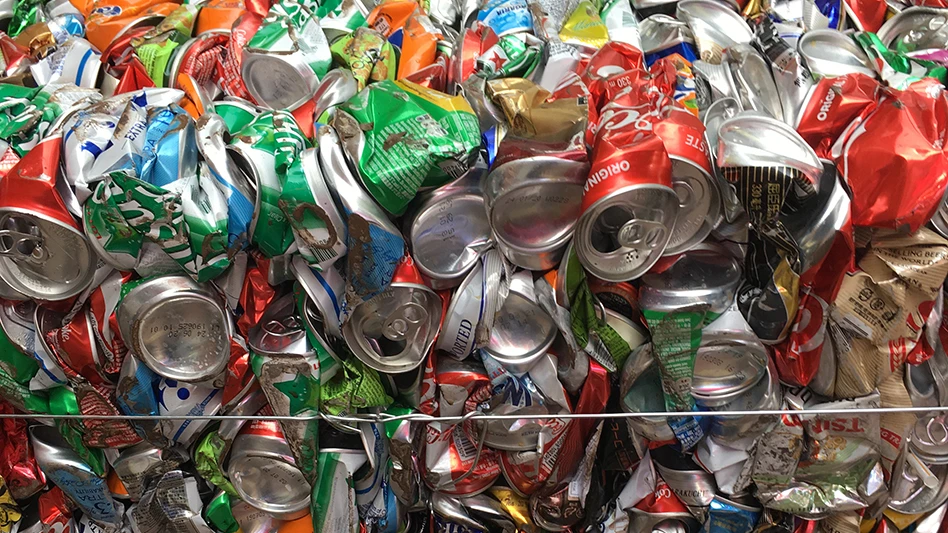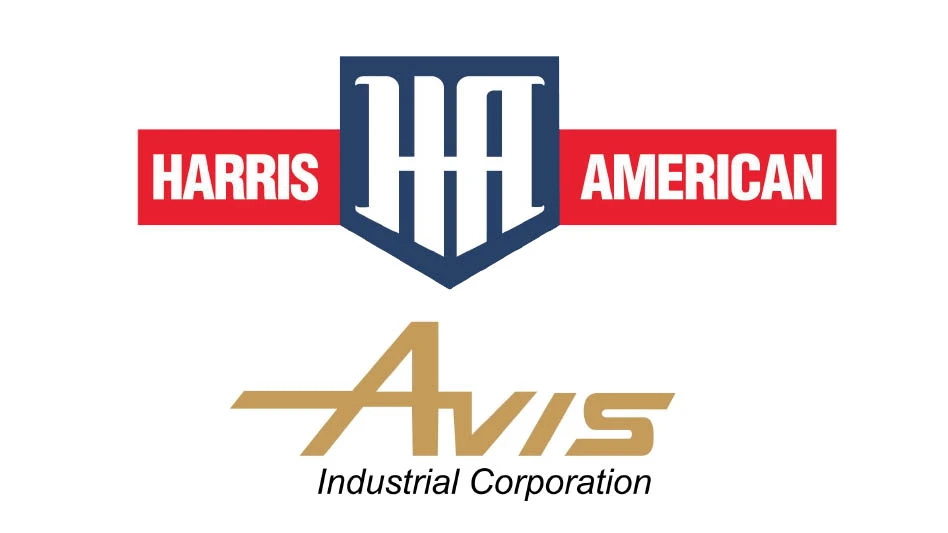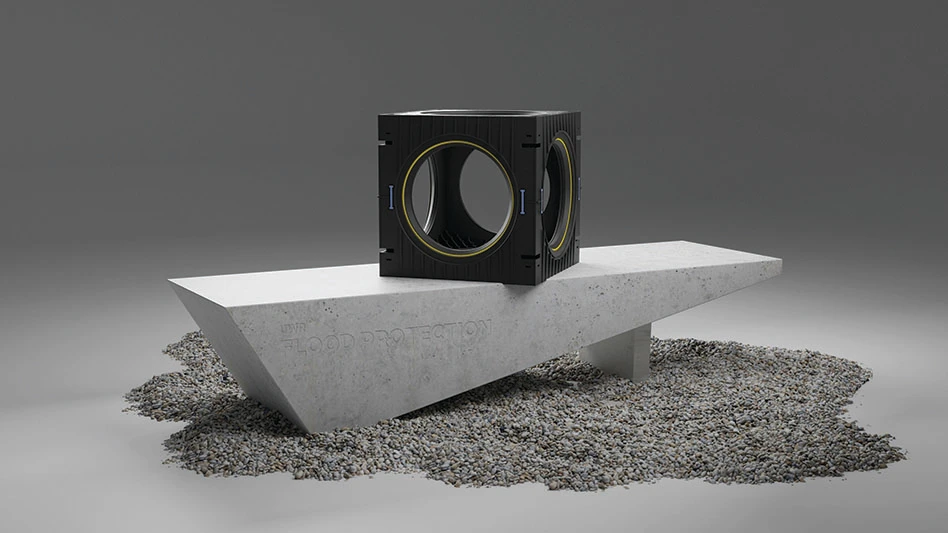
Recycling Today archives
Ball Corp., a Westminster, Colorado-based packaging producer, has released an updated version of its “50 States of Recycling” report, which offers a state-by-state comparable assessment of packaging materials by using data on generation, recycling and disposal rates from throughout the United States. The report was produced in cooperation with United Kingdom-based Eunomia Research & Consulting.
The report found a direct correlation between having a deposit return system (DRS), or bottle bill, and higher recycling rates for aluminum used beverage cans (UBCs) and other packaging materials.
According to the report, 9 of the 10 states with the highest beverage can and bottle recycling rates in 2021 (metal, plastic and glass) have a DRS system. Minnesota, which ranked 10th, was the exception.
The study pegs the national 2021 UBC recycling rate at 45.2 percent. That average is lifted by DRS states, according to the study, including the help of two of the nation’s largest: California, with a 77 percent rate, and New York at 61 percent.
“While states with recycling refunds only account for 27 percent of the U.S. population, they account for 47 percent of all packaging recycled, 51 percent of all aluminum cans and glass bottles recycled and 61 percent of all polyethylene terephthalate [PET] bottles recycled,” the report says.
The report suggests considerable money is being left on the table because of the low recycling rates. “There is around $6.5 billion worth of material that is lost to landfill annually that could be captured through more effective recycling practices,” it says.
“Getting [the beverage container] recycling rate closer to 90 percent by 2030 would create opportunities to reduce greenhouse gas emissions (GHG): In 2021, 79 million metric tons of carbon dioxide-equivalent (MTCO2e) of GHG emissions were avoided through recycling, comparable to removing more than 17 million vehicles from the roads.”
It also says recycling rates can and should be measured not by what is collected for recycling, but rather by what is genuinely converted into new packaging products. That methodology would factor out material recovery facility (MRF) residuals and contaminants screened out at aluminum melt shops and PET reprocessing plants.
“Creating a true closed-loop system—where a can becomes a can or a bottle becomes a bottle—will require a well-designed recycling policy that creates compelling incentives to recycle and expand recycling infrastructure and systems to ensure the process is simple, convenient and affordable for everyone," Ball Corp. CEO Daniel W. Fisher says.
In a final slide accompanying a presentation on the updated version of the report (the first version was introduced in 2021), Ball and Eunomia offer several policy recommendations.
Among them, they reiterate the success of DRS policies compared with a lack of recycling refunds (RRs), though the synopsis adds, “Despite high performance, RR states need policy modernization in order to maximize efficiencies and achieve higher performance.”
Ball and Eunomia do not take a stance against extended producer responsibility (EPR) legislation and instead write, “EPR can be an important first step to increasing recycling rates for beverage packaging—but EPR plus RR will lead to the best outcomes if implemented together.”
“Having a true assessment of recycling rates will better enable us to understand what policy and program measures are needed to capture more quality material, increasing circularity, reducing our need for virgin materials and thus helping protect the planet,” says Sarah Edwards, director of Eunomia North America.
Latest from Recycling Today
- Enfinite forms Hazardous & Specialty Waste Management Council
- Combined DRS, EPR legislation introduced in Rhode Island
- Eureka Recycling starts up newly upgraded MRF
- Reconomy Close the Gap campaign highlights need for circularity
- Nickel carbonate added to Aqua Metals’ portfolio
- EuRIC, FEAD say End-Of-Life Vehicle Regulation presents opportunity for recyclers
- Recyclers likely to feel effects of US-China trade war
- BCMRC 2025 session preview: Navigating battery recycling legislation and regulations






